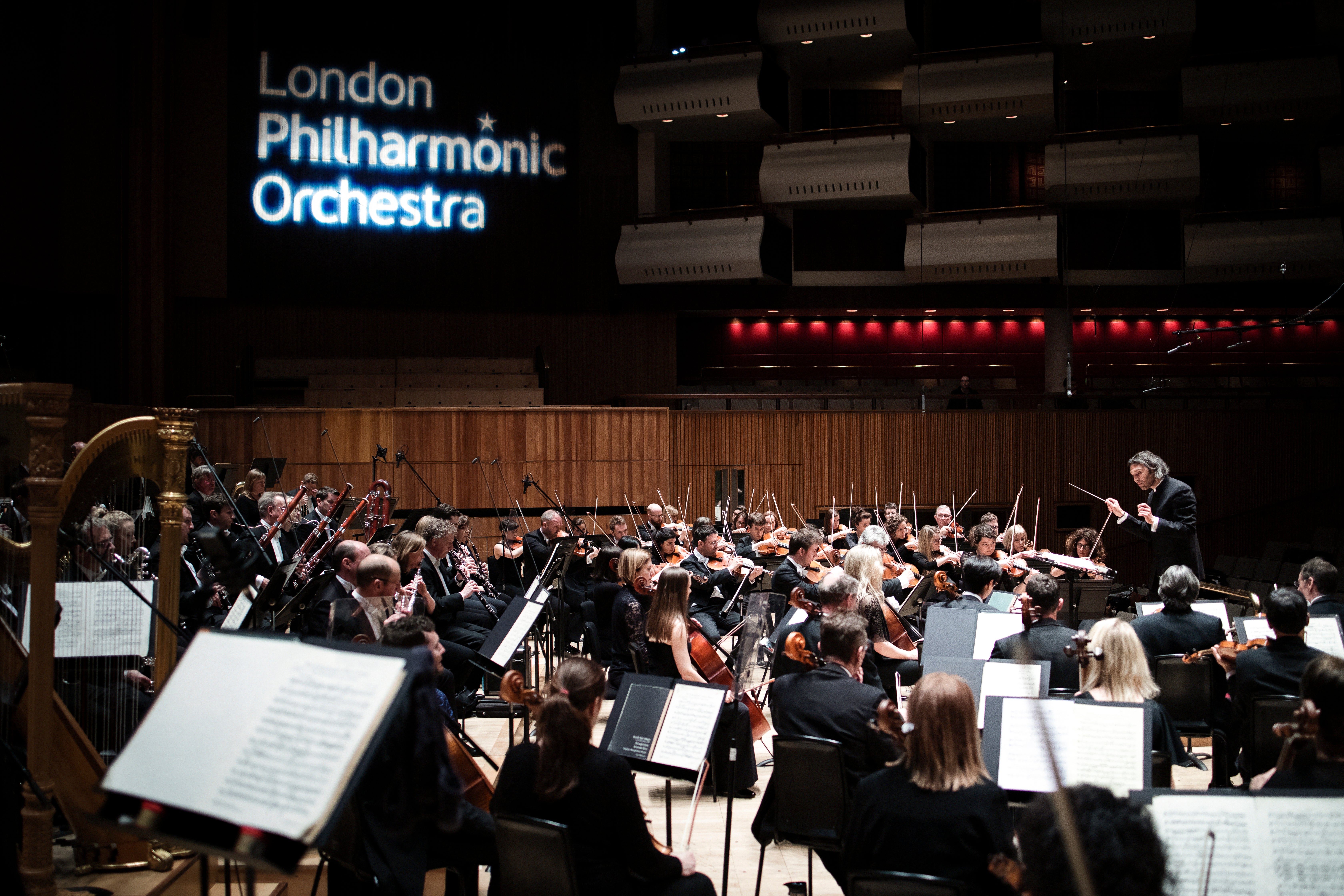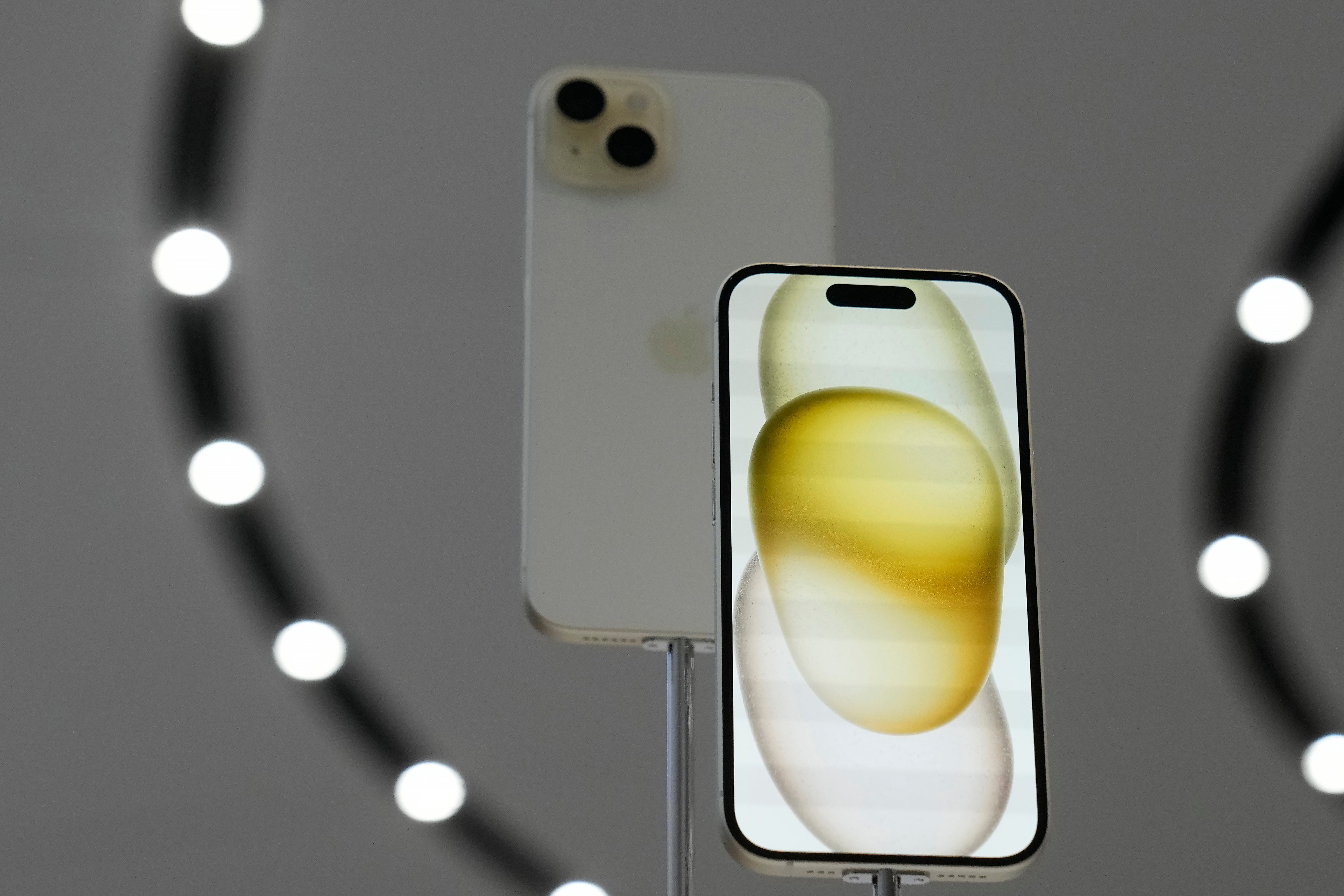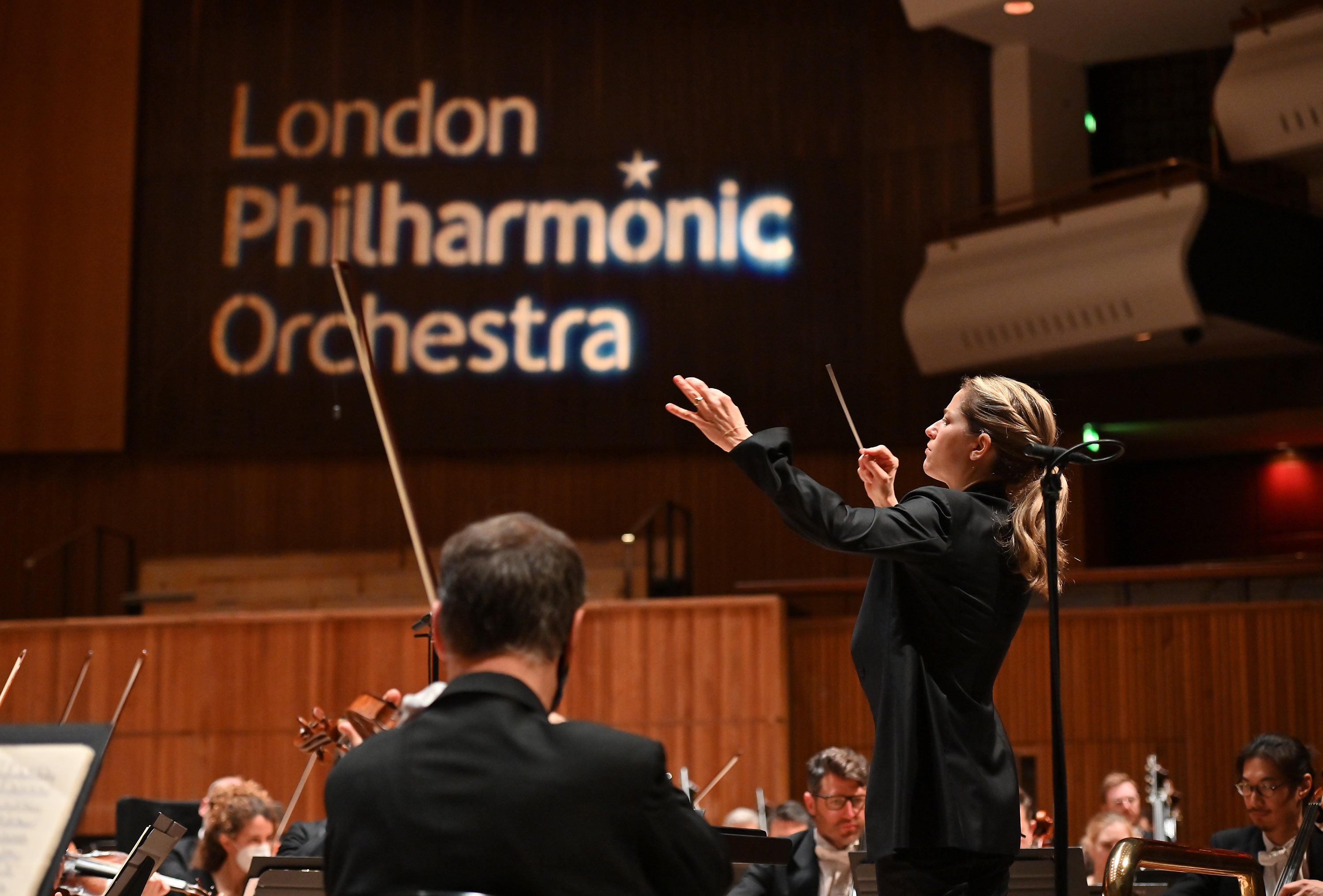How Apple gave people access to a library full of classical music – and tried to make it accessible
There are 1,243 versions of Vivaldi’s Spring from the Four Seasons alone. Helping people through that was key to building the new Apple Music Classical app, senior staff at the venture tell David Phelan


Earlier this year, Apple launched Apple Music Classical as a standalone music app that comes included in the price of Apple Music. It was an unusual move for a streaming platform perhaps more associated with Drake and Taylor Swift. And building it was a major undertaking, given the vast complexity of classical music libraries and the difficulties in navigating them.
Apple Music Classical continues to grow. In its latest move, Apple announced a new partnership between Apple and the London Philharmonic Orchestra with the release of a live recording of Berlioz’s The Damnation of Faust coming on 3 November. This is just one of the partners Apple Music Classical has.
From day one, the Vienna Philharmonic Orchestra was a partner. The content from that orchestra is extensive, with recordings dating back to 1929. Some of it is unique to Apple and this exclusive content alone has already been streamed millions of times.
Recently, senior staffers at the app talked exclusively to The Independent.
Apple Music Classical came about because Apple realised that classical artists and fans were really not being served well by streaming. As part of its mission to use its engineering knowhow to fix this, it bought Primephonic, widely recognised as the classical streaming platform that succeeded where others had failed. It took more than a year of work before Apple was happy with what it had created and its release to a highly positive response.

Now, classical music lovers don’t have to clamber past Justin Bieber and Taylor Swift to get to Bach and Rachmaninoff.
Classical music provides challenges other kinds of music don’t, or at least not to the same extent. Instead of playing an album, artist or track, classical lovers have favourite composers, orchestras, soloists and so on. The search parameters are mind-boggling. Apple is well-equipped, with more classical music than anywhere else on the planet, and Primephonic’s brilliant data metrics were a starting point from which Apple’s engineers and expertise transformed the experience. Want to listen to Vivaldi’s Spring from the Four Seasons? Apple has 1,243 versions for you to choose from. If that sounds overwhelming, Apple has a solution: careful navigation with sophisticated search.
Just as Apple Fitness+ has a mantra that everybody is welcome, no matter their fitness level or knowledge, Apple Music Classical is designed for seasoned devotees and newcomers alike. “If you didn’t know much about the world of classical, Apple Music Classical offers a structure so you can get into it. It’s centuries of music, right, so where do you start? It gives you an opportunity to get some perspective on it, explains Mariana Pimenta, who works in operations at Apple Music Classical, saying: “We don’t expect everybody who downloads it to be a professional musician, and we want everyone to experience classical music. Our goal is to bring as many people as possible to this service.”

Marina Boiko is an editor. She goes on, “The story of classical is a great place to start and we’ve made sure there’s enough beginner-friendly content, such as playlists of periods or genres.”
Not all traditional classical listeners will be especially tech-savvy, but that may not be a problem, as Guy Jones, global head of classical editorial, explains. “Lots of classical fans are new not just to technology but to streaming. The whole point of this product is to bring classical to streaming. It’s the musical genre that wasn’t really being streamed because the experience was previously so bad. The technical side of things may be less of a problem, especially as Apple’s guidelines around human interface design are baked into our product, but the challenge is more in explaining that streaming opens up opportunity and accessibility.
“When I was first getting into classical music, I had to buy CDs. I had to choose carefully what CD I wanted to buy each month. The ability now to just pick a random composer and ask, ‘Do I like this composer?’ That ability to let you dip your toe in the water, I think that’s the real power of something like Apple Music Classical, and not just for beginners, for the experts too.”
The absence of the Primephonic app while Apple Music Classical was being developed was down to getting it right, Carlos Anez Gomez, from the metadata team, says. “It took us time, but it paid off because we needed to take care with every single point and I think we managed to do it, both in human terms and the algorithms: we made a great balance between computer work and human work. Where Primephonic had a relatively small catalogue, Apple Music Classical has a huge number of albums, for example.”

Boiko adds, “No one knows everything that has ever been recorded in the history of classical music. And in that sense, we put a lot of emphasis on the discovery element, especially when it comes to the underrepresented composers.”
Each work has its own place, called the work page in Apple Music Classical, where you can find all the recordings, so it’s easy to compare different versions. Primephonic’s unique data continues to be essential. “The structured metadata, that’s the uniqueness of it,” Boiko says. “It makes it easy to find things even if you don’t know what you want. That structure, it’s what classical music apps needed and didn’t have. There are many ways not to get lost because you can search by ensemble, by orchestra or even by instrument.”
The work page is important, then. As Gomez says, “People discovering music can check this work page and say, ‘Aha, there is a new piece by a certain composer and I have a work page which will give me all the information that I need.’ I discover music every day going through this.”
Another key element is the playlist. Boiko goes on, “Playlists are structured in different ways. So, genre playlists are the best way for you to start listening to classical music. The story of classical is a narrated cycle, that guides you through all the centuries of music.
“Then there are more specific playlists. You can listen to duets and trios and quartets or quintets and then it gives you an overview of all this chamber music and maybe something that you wouldn’t necessarily find on other platforms.”
Jones explains the importance of the human touch. “I don’t think it’s widely known that at Apple it’s human curators behind the playlists. The assumption is that it’s all algorithms now. But for classical that’s a particularly important point, because it’s such a huge genre. People talk about classical like it’s one block and it’s really a thousand years of music from pretty much every country in the world. Our job is breaking classical into smaller chunks, to give people the agency to discover what they like, and to go down their own rabbit holes and feel more confident exploring.”
How does Apple Music Classical find a way to appeal to everyone? Jones explains, “It’s a really hard thing to do, to cover that broad spectrum. It’s a constant tightrope walk because you have very knowledgeable people with clear ideas about what they think the genre is as well as trying to please newcomers. We strike that balance in terms of our editorial strategy by being as authentic and genuine as possible and conveying our passion for classical. For those hardcore classical nerds a big part of the product is the browse and the search as much as it is the editorial, I think for the newcomers, they use the editorial a lot more if they don’t know what to search for.”
As it grows, there’s a lot more for Apple to do, and the team are working on changes and improvements. Here’s a last word from each of them about why the app matters. Gomez says, “People will discover that along with any classical library that they can have their access quickly to any recording they have.”
As Boiko says, “It’s a lot of music. I think there’s not one person that wouldn’t find something they would love here.”
Boiko has a different take on the importance of Apple Music Classical: “Maybe the listeners will have emotional responses to it. And at the end of the day music is there to make our lives better. It definitely enriches our lives.”
Finally, Jones comments, “The thing about human curation is we are ultimately making a human decision. And so, for instance, if you choose a recommended recording for Beethoven’s Fifth Symphony, you’re instantly upsetting everyone who has a strong opinion about their favourite. That’s what comes with the human aspect: this is our opinion, our recommendation, but you have the other recordings there to explore if you want them.”
Join our commenting forum
Join thought-provoking conversations, follow other Independent readers and see their replies
Comments
Bookmark popover
Removed from bookmarks